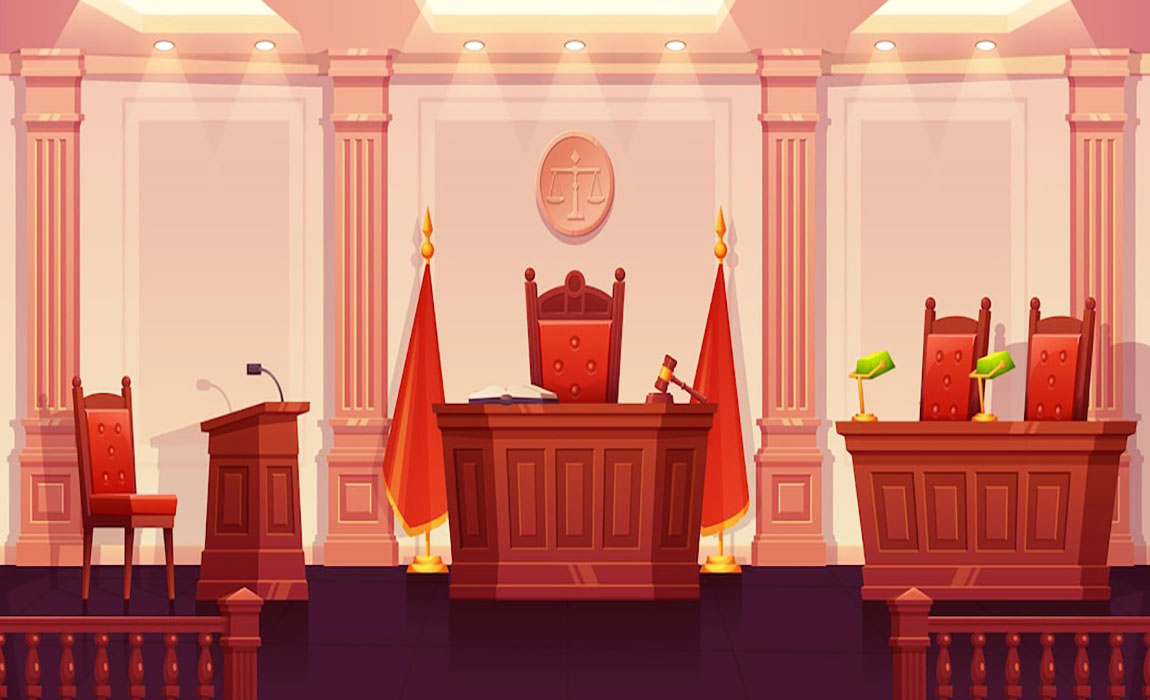
Doctrine of Basic Structure vs Parliamentary Sovereignty
The Indian Constitution, unlike many others, is both rigid and flexible—a unique balance between change and continuity. At the core of this balance lies a delicate tension between two powerful ideas: the Doctrine of Basic Structure and Parliamentary Sovereignty. On one side is Parliament’s authority to amend the Constitution under Article 368. On the other is the judiciary’s power to review such amendments to ensure they do not damage the Constitution’s core values. This conflict is not just legal; it is deeply philosophical, shaping the future of Indian democracy.
The idea of Parliamentary Sovereignty is borrowed from the British constitutional tradition, where Parliament is considered supreme. In the UK, Parliament can make or unmake any law, and even the courts cannot question its validity. This absolute sovereignty, however, doesn’t fully apply to India.
While our Parliament is powerful, it is not supreme. The Constitution of India is supreme, and every institution—including Parliament—functions within limits defined by the Constitution.
Initially, in cases like Shankari Prasad (1951) and Sajjan Singh (1965), the Supreme Court upheld that Parliament had unlimited power to amend any part of the Constitution, including Fundamental Rights. But this interpretation changed drastically with the landmark case of I.C. Golaknath v. State of Punjab (1967). The Court held that Parliament could not amend Fundamental Rights, declaring them beyond its reach. This was the first time judicial reasoning began to place limits on Parliament’s authority.
This legal evolution culminated in the historic Kesavananda Bharati v. State of Kerala (1973) case, where a 13-judge bench of the Supreme Court delivered a split but transformative judgment. The Court ruled that Parliament can amend the Constitution, but it cannot destroy its basic structure. This means that while Parliament has wide powers, it cannot change the fundamental identity of the Constitution—such as democracy, secularism, rule of law, judicial review, and federalism.
This was a defining moment in Indian constitutional history. The Court did not strike down Parliament’s power, but it introduced a judicial check on that power. In simple words, the Court said: You may change the branches, but not uproot the tree.
On the other side, defenders of Parliamentary Sovereignty argue that the will of the elected representatives must prevail. They believe that unelected judges should not interfere with constitutional amendments passed by Parliament. From this perspective, Parliament represents the voice of the people, and its decisions should carry final authority.
But this view has its dangers. Absolute power—even in the hands of elected bodies—can lead to abuse. If Parliament were free to amend any part of the Constitution, it could erase fundamental rights or undermine democracy itself. That is why the Basic Structure Doctrine acts as a constitutional safeguard, ensuring that certain core principles remain untouchable, regardless of political majorities.
In Indira Nehru Gandhi v. Raj Narain (1975) and Minerva Mills v. Union of India (1980), the Supreme Court used the doctrine to strike down amendments that attacked judicial independence and democracy. Over time, the doctrine has matured into a constitutional compass, guiding the nation through changing political landscapes while protecting its foundational values.
In conclusion, the clash between Basic Structure Doctrine and Parliamentary Sovereignty is not a conflict of ego but a dialogue between power and principle. While Parliament is the voice of the people, the Constitution is the soul of the Republic. The judiciary’s role is not to weaken Parliament but to ensure that its powers are exercised within constitutional limits. Together, they form a system of checks and balances, which ensures that India remains a democracy—not just in form, but in spirit.
